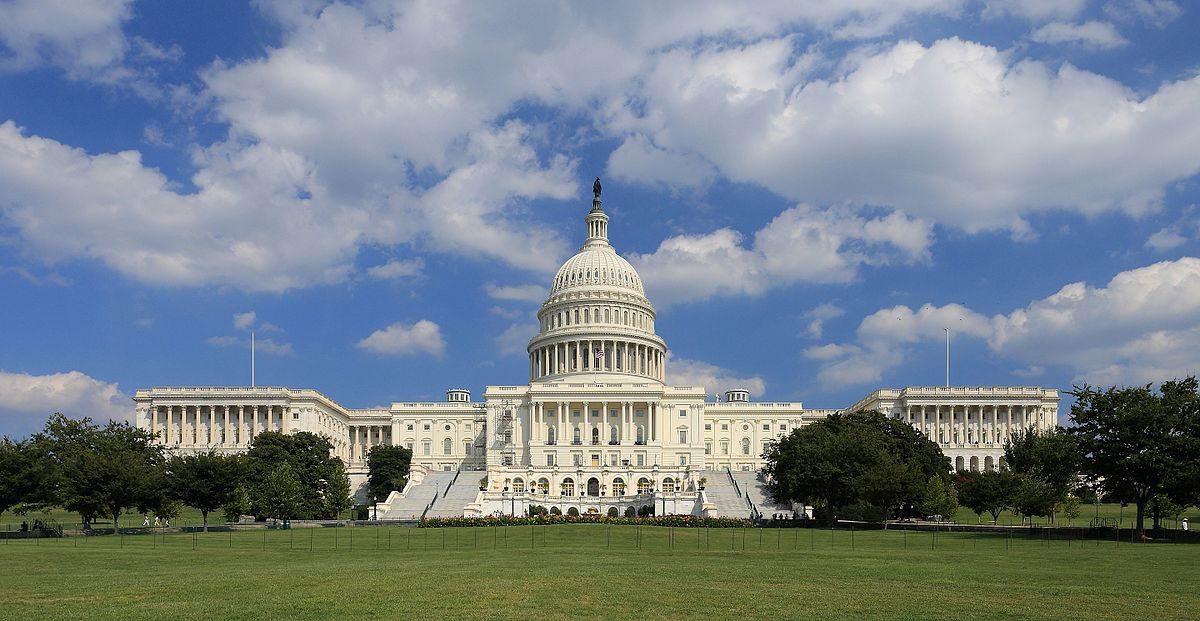USPS Retiree Health Benefits and the Unsustainable Path

Based on a Government Accountability Office (GAO) report, a worse financial situation may be occurring with the Postal Service Retiree Health Benefits Fund (RHB).
Due to the poor financial condition of the Postal Services, it is going through its 11th straight year of huge financial losses. The funds could be depleted by 2030 if no other payments were going to be paid into the fund, according to the GAO report.
In FY 2017, the Office of Personnel Management (OPM) started to draw funds in order to pay the Postal Services share of premiums for retiree health benefits. According to the status quo, OPM has predicted that payments in the future may continue to exceed interest earned on investments from the fund’s income.
Now, 500,000 Postal retirees are receiving benefits and OPM is expecting the number to remain constant until 2035.
Recommendations by GAO
Different recommendations have been made by GAO to address the financial situation of the fund. All of them would need action to be taken by Congress. The details that follow show possible solutions to be made along with potential effects, which are taken rigorously from GAO’s report.
Approaches that Could Shift Costs to the Federal Government
Medicare Integration
To ensure that postal retirees participate in Medicare, different legislative proposals have been undertaken by Congress. This will increase the retiree’s participation level. Increase in participation in Medicare is going to shift primary responsibility to cover certain health care services to Medicare for retirees that enroll.
The requirement of the retirees to use Medicare will reduce the costs of U.S. Postal Service’s but raise the costs of Medicare, which is based on the analyses presented on the past legislation made by the Congressional Budget Office. The primary policy decision that can be made by Congress is to decide whether it will increase the use of Medicare by postal retirees.
Supplemental Federal Appropriations
Appropriations can be provided in case the Postal Service Retiree Health Benefits Fund (RHB Fund) is depleted, and USPS cannot fill the financial gap.
Using federal appropriations can help benefits to continue at a similar level if Congress desires to allow it to happen. Such action will, however, raise the federal budget deficit. In addition, postal retiree health benefits supplemental appropriations will be inconsistent with the functioning of USPS as an entity that is self-financing and covers its costs using the revenue it generates.
Approaches That Can Lower Benefits or Raise Costs to Postal Retirees or Employees
Tighten Eligibility/ Lower or Eliminate Retiree Health Benefits
As some companies and state government have done it, eligibility restrictions can tighten the postal retiree health benefits. This can include hiring new employees that are not eligible to get retiree health benefits or take other actions that can lower the level of benefits or to even get lid of the benefits.
To tighten eligibility will reduce the liability of USPS’s for postal retiree health benefits, and hence lower its unfunded liability. Current or future retirees will feel effects depending on the certain actions that will be taken through legislation.
Raise Postal Retiree and Employee Premium Payments
As it has been carried out, some companies and state government retirees will be required to pay a huge share of their premiums. Alternatively, employees will be needed to pay for retiree health benefits before they go for retirement.
To shift the cost to employees or retirees will lower the RHB Fund expenses. Based on the number of costs that are shifted to retirees, the approach will raise any financial challenges that will be faced by retirees.
Changing the Federal Contribution to a Fixed Subsidy
As some companies and state government have carried it out, it is possible to shift the benefits to a contribution structure that is defined and has a fixed amount subsidizing the benefit. Over time, the amount can be adjusted with any adjustments might or might not help to keep up with costs.
To use a fixed subsidy can lower the costs of RHB Funds and the needed USPS payments and raise incentives for retirees to make health care decisions that are less costly. Nonetheless, it can also result in a massive cost exposure for retirees; these costs can lead to hard decisions about health care.
Establish a Non-Federal Voluntary Employees Beneficiary Association (VEBA)
As it has been done by some companies to offer retiree health benefits separate from the employer. A VEBA that is outside the federal government can be established to offer postal retiree health benefits rather than the current federal program. VEBA determines what benefits will be offered to its members and can include retirees and employees payments made by members and how to invest the VEBA assets.
The effects of VEBA will depend upon its governance structure and its benefit levels determination, funding sources, the level of funding, types of investments, and the associated market risks. Determinants such as these ones will include the level of initial funding and its sources, including if it will come from the RHB Fund or the Treasury. This will be together with the funds that will be offered to the VEBA going ahead.
Approaches That Will Change How Benefits are Financed
Lower the Required Level of Prefunding
Legislation that has been proposed will lower the RHB Fund pre-funding target from 100 percent to 80 percent.
To reduce the needed funding level will lower the required USPS’s payments to the fund but it can increase costs for postal ratepayers in the future and raise the risk of USPS not being able to pay these costs.
Outside Investment
The legislation that has been proposed will initially require 25 percent of RHB Fund assets investments to be outside U.S. Treasury securities, with a goal to seek huge returns.
To allow for outside investments can lead to a higher rate of return on RHB Fund assets and lower the needs for long-term funding. Nevertheless, assets that are invested in non-Treasury securities will experience losses in a market downturn, and it will thus lower assets that are available for health care.
Recent Proposals to Reforming the Postal Service
The latest effort to underscore the Postal Service severity of the financial problems is the GAO report, but others have taken the notice.
Legislation Introduced
In the current Congress, Legislation was introduced to make Postal Service reforms; some of the sections were echoed in the GAO report.
Medicare was made mandatory by the Senate bill for some Postal retirees through creating within the Federal Employees Health Benefits Program (FEHB) a new Postal Service Health Benefits Program (PSHBP). OPM was responsible for implementing and administering it for all annuitants and postal employees. In addition, all Medicare-eligible postal annuitants and employees were required to enroll in the PSHBP to enroll in Medicare, which includes parts A, B, and D.
A similar approach was taken by the House bill to require Medicare-eligible Postal Service retirees and their family members to enroll in parts A and B Medicare. In addition, they stipulated that the decreasing portion of the Medicare Part B premium for current retirees to be covered by the Postal Service. This involved the retirees that transitioned into Medicare because of the legislation over a transition period of 4 years. It was to be 75% in the first year, 50% in the second year, 25% in the third year, and in the fourth year it was 0%.
In the days that are remaining for the current session of Congress, neither bill is likely going to advance.
White House Task Force
Postal Service’s financial problems have been noticed by the White House, and it has suggested that reforms are required to avoid a bailout financed by the taxpayer should the current trend goes unchanged.
This concern was echoed by President Trump during the signing of an executive order in April to direct a task force that was established to make legislative reforms and recommendations on administrative for the Postal Service.
Bottom Line
A concern that has been raised is that any Postal Service reforms can drive up the costs to mail packages. For instance, the Package Coalition was established to oppose any changes it feels are going to raise package prices. Its stated goal is to ensure preserving affordable and reliable postal package delivery services from the Postal Service.
Nevertheless, the Postal Service current financial situation cannot go on in perpetuity as it has been made clear in the GAO report, with the math been made to be impossible. It is possible that in a matter of time before changes of a particular kind have to take place.






